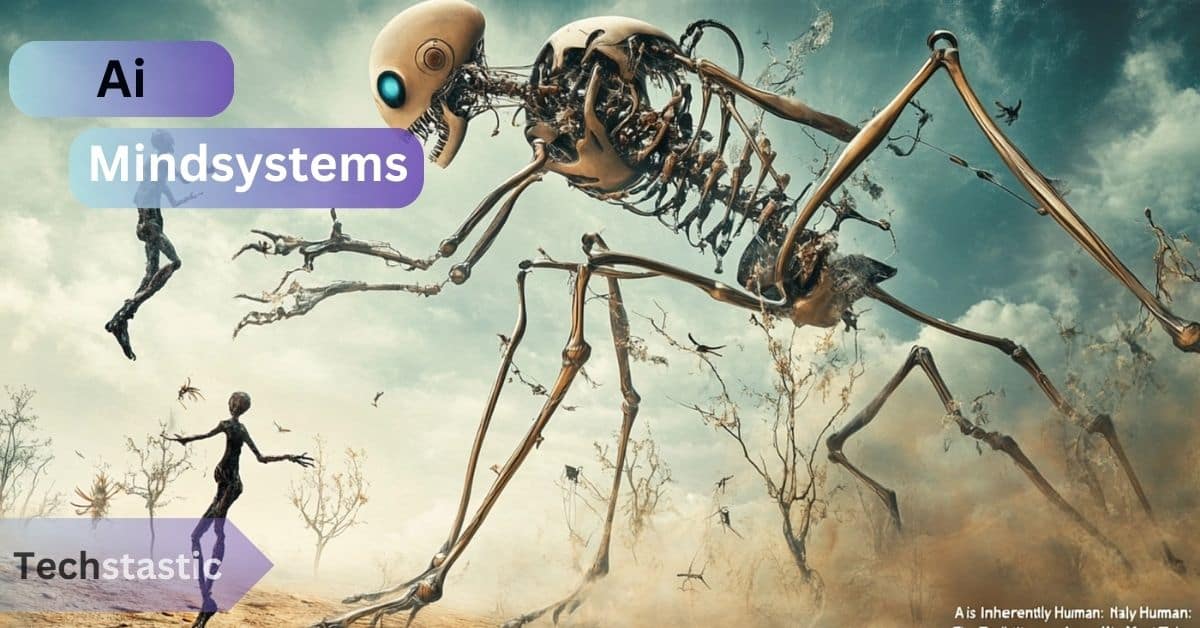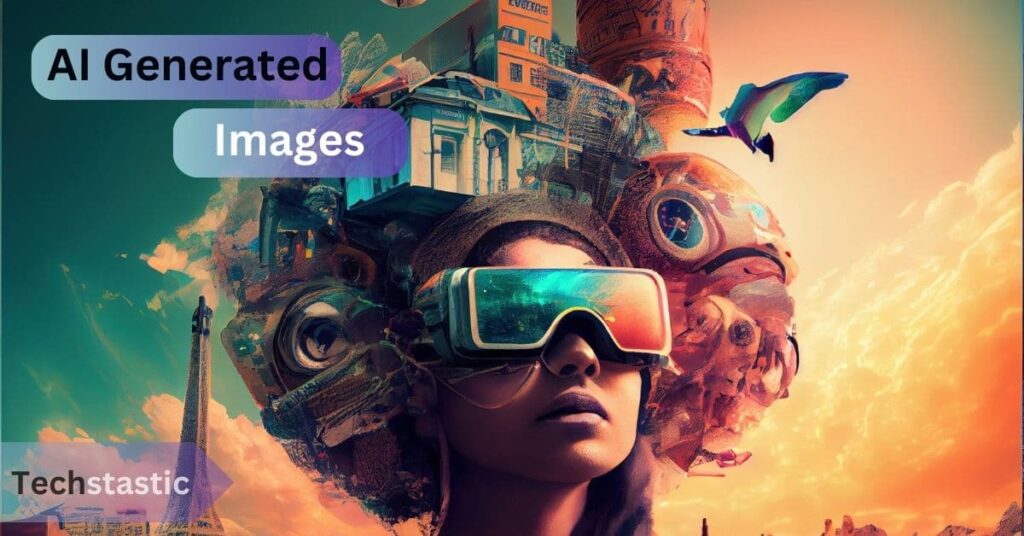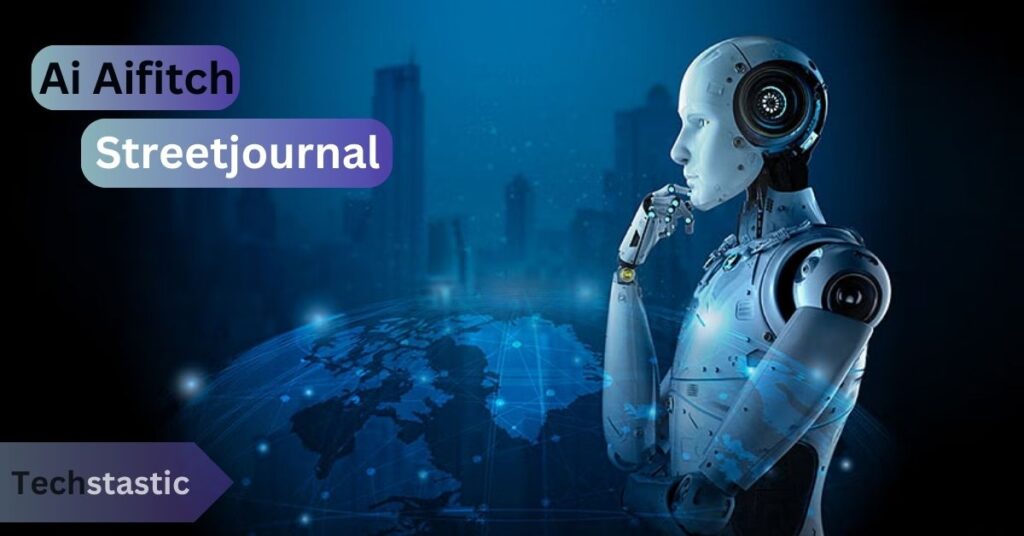I’ve found AI MindSystems to be incredibly powerful in automating complex tasks, making decision-making faster and more accurate. They’re a game changer in fields like healthcare and finance, where efficiency is key.
AI MindSystems are advanced AI systems that use self-learning, cognitive computing, and neural networks to mimic human decision-making and adapt over time. They improve efficiency, problem-solving, and automation across various industries.
Introduction: What Is Ai Mindsystems?
Artificial Intelligence (AI) has evolved rapidly over the past few decades, with each breakthrough bringing us closer to more intelligent and capable machines. One of the most promising developments in AI is AI MindSystems—a new wave of AI technology designed to mimic the human brain’s cognitive abilities. But what exactly are AI MindSystems, and how are they different from traditional AI systems?
AI MindSystems represent the next generation of AI, integrating complex neural networks, cognitive computing, and adaptive learning to create more efficient, intuitive, and autonomous systems.
These systems can process vast amounts of data, recognize patterns, and make decisions with minimal human intervention. In this article, we will explore the core features, working mechanisms, benefits, challenges, and future of AI MindSystems, along with insights that go beyond the surface-level information.
The Evolution Of Ai And Mindsystems
1. The Birth of Artificial Intelligence:
The journey of AI began in the mid-20th century, with pioneers like Alan Turing and John McCarthy laying the groundwork for machine learning, problem-solving, and decision-making algorithms. In the early days, AI was limited by computational power and understanding of neural networks, but advancements in technology led to significant breakthroughs.
2. Emergence of MindSystems:
The idea of “MindSystems” emerges as AI developers began exploring how to make machines more “human-like” in their thinking and decision-making processes. Traditional AI systems, while powerful, relied heavily on predefined rules and data input. AI MindSystems, however, have the ability to self-learn, adapt, and optimize based on new information—just as the human brain does.
3. Key Milestones Leading to AI MindSystems:
- Neural Networks and Deep Learning: Neural networks, inspired by the human brain, allowed AI to move beyond simple rule-based systems to more complex pattern recognition and learning algorithms. Deep learning, a subset of machine learning, further enhanced AI’s ability to analyze and understand vast amounts of unstructured data.
- Cognitive Computing: Cognitive computing, the simulation of human thought processes, became an essential component of AI MindSystems. By integrating reasoning, natural language processing, and human-like interaction, AI could make decisions with greater flexibility and accuracy.
- AI MindSystems: Today, AI MindSystems combine all these innovations to create self-improving, intuitive systems capable of solving complex problems in real-time. These systems are designed to adapt to new challenges and evolve without human intervention, offering a glimpse into the future of AI.
Core Features Of Ai Mindsystems
AI MindSystems are not just another iteration of AI—they are designed to be much more sophisticated. Here are the core features that set AI MindSystems apart:
1. Self-Learning Capabilities:
AI MindSystems use advanced machine learning algorithms to “learn” from data, experiences, and interactions. Unlike traditional AI, which requires constant human input for training, MindSystems can adapt and improve autonomously over time. This allows them to become more efficient as they process more data, making decisions faster and with greater accuracy.
2. Cognitive Computing:
Cognitive computing enables AI MindSystems to simulate human-like thinking. This includes abilities like reasoning, decision-making, and problem-solving, which allow the system to act as if it were “thinking” rather than just executing predefined tasks.
3. Neural Networks and Pattern Recognition:
AI MindSystems are built on powerful neural networks that replicate the architecture of the human brain. These networks enable the system to recognize complex patterns in data, which is crucial for tasks like image recognition, speech processing, and predictive analytics.
4. Adaptability:
One of the key features of AI MindSystems is their adaptability. Unlike traditional AI, which can struggle to function in unfamiliar environments, AI MindSystems are designed to handle new data and scenarios without requiring a full reprogramming. They adjust based on changes in their environment, making them ideal for dynamic, fast-paced industries.
5. Real-Time Decision Making:
AI MindSystems process data in real-time, allowing them to make instant decisions. This is particularly useful in industries like finance, healthcare, and autonomous driving, where split-second decisions can have a significant impact.
How AI MindSystems Work
AI MindSystems are powered by complex algorithms that mimic human cognitive functions. To understand how they work, let’s break down the underlying components:
1. Data Processing:
At the heart of AI MindSystems is the ability to process vast amounts of data. These systems can analyze structured and unstructured data—ranging from text and images to complex datasets—using sophisticated algorithms. The system then extracts meaningful insights from this data.
2. Learning Algorithms:
AI MindSystems are powered by machine learning and deep learning algorithms that enable them to learn from past experiences. As these systems encounter new data, they continuously refine their models, improving their decision-making abilities over time. This self-improvement process is what makes MindSystems different from traditional AI, which typically requires manual updates.
3. Cognitive Processes:
AI MindSystems integrate cognitive computing to simulate human-like thinking. This involves processes such as reasoning, problem-solving, and decision-making. These systems can make judgments based on a variety of inputs, weighing different factors and outcomes to select the most appropriate action.
4. Natural Language Processing (NLP):
Another critical aspect of AI MindSystems is their ability to understand and generate human language. Through NLP, these systems can communicate with users, interpret commands, and respond in ways that feel natural, much like interacting with a human.
The Benefits Of Ai Mindsystems
AI MindSystems offer a wide range of benefits that have the potential to revolutionize industries and change the way we interact with technology.
1. Improved Efficiency and Automation:
AI MindSystems can automate complex tasks that would otherwise require human intervention. This results in faster, more accurate outcomes and frees up human resources for higher-level tasks. In sectors like manufacturing, logistics, and customer service, AI MindSystems are driving significant improvements in efficiency.
2. Advanced Problem-Solving:
The ability of AI MindSystems to process and analyze data quickly allows them to solve problems that are too complex for humans or traditional systems. For example, AI MindSystems can analyze medical data to suggest treatments or predict financial trends, providing valuable insights to professionals in these fields.
3. Scalability:
AI MindSystems are highly scalable, meaning they can be adapted for use in different industries and applications. Whether in healthcare, education, retail, or finance, these systems can be customized to fit the unique needs of each sector, providing tailored solutions that evolve with time.
4. Predictive Analytics:
By analyzing historical data and recognizing patterns, AI MindSystems can make accurate predictions about future events. This is particularly useful in fields like market forecasting, disaster management, and personalized marketing, where predicting outcomes is critical.
Challenges And Ethical Considerations
While AI MindSystems offer incredible potential, their implementation also comes with challenges and ethical concerns.
1. Data Privacy and Security:
As AI MindSystems process vast amounts of sensitive data, there are significant concerns about privacy and data security. Ensuring that these systems are secure and comply with regulations such as GDPR is essential to maintain trust and protect user information.
2. Job Displacement:
The automation capabilities of AI MindSystems raise concerns about job displacement. As these systems take over repetitive tasks, certain industries may see a reduction in the need for human labor, creating challenges for the workforce.
3. Bias and Fairness:
AI systems, including MindSystems, can sometimes perpetuate biases if the data they are trained on is flawed. Ensuring that AI MindSystems are fair and unbiased is an ongoing challenge for developers and regulators.
The Future Of Ai Mindsystems
AI MindSystems are still in their early stages, but their potential is vast. As technology advances, we can expect these systems to become even more capable, integrating with other emerging technologies like quantum computing, blockchain, and the Internet of Things (IoT). The future of AI MindSystems holds the promise of even greater automation, innovation, and intelligence.
Conclusion: AI MindSystems are not just a futuristic concept—they are here today, already beginning to shape industries and society. With their ability to learn, adapt, and solve complex problems, they represent the next phase in the evolution of artificial intelligence. As these systems continue to evolve, their impact will only grow, driving innovation and transforming the way we live and work.
FAQs
1. What is the difference between AI MindSystems and traditional AI?
Traditional AI relies on predefined rules, while AI MindSystems use self-learning algorithms to adapt and improve over time.
2. How do AI MindSystems improve decision-making?
AI MindSystems process vast amounts of data, recognize patterns, and make decisions in real-time based on cognitive computing models.
3. Can AI MindSystems be used in all industries?
Yes, AI MindSystems are highly adaptable and can be tailored for use in sectors like healthcare, finance, manufacturing, and more.
4. Are AI MindSystems ethical?
While AI MindSystems offer great potential, they raise concerns about data privacy, bias, and job displacement, which must be addressed through responsible development.
5. What are some real-world examples of AI MindSystems?
AI MindSystems are being used in areas like predictive analytics, autonomous vehicles, healthcare diagnostics, and personalized marketing.
6. How do AI MindSystems learn and adapt over time?
Through machine learning and deep learning algorithms, AI MindSystems continuously refine their models based on new data and experiences.
7. What is the future of AI MindSystems?
AI MindSystems will continue to evolve, driving innovations in automation, decision-making, and human-machine interaction across various industries.
Conclusion:
AI MindSystems are not just a futuristic concept—they are here today, already beginning to shape industries and society. With their ability to learn, adapt, and solve complex problems, they represent the next phase in the evolution of artificial intelligence.
As these systems continue to evolve, their impact will only grow, driving innovation and transforming the way we live and work.



